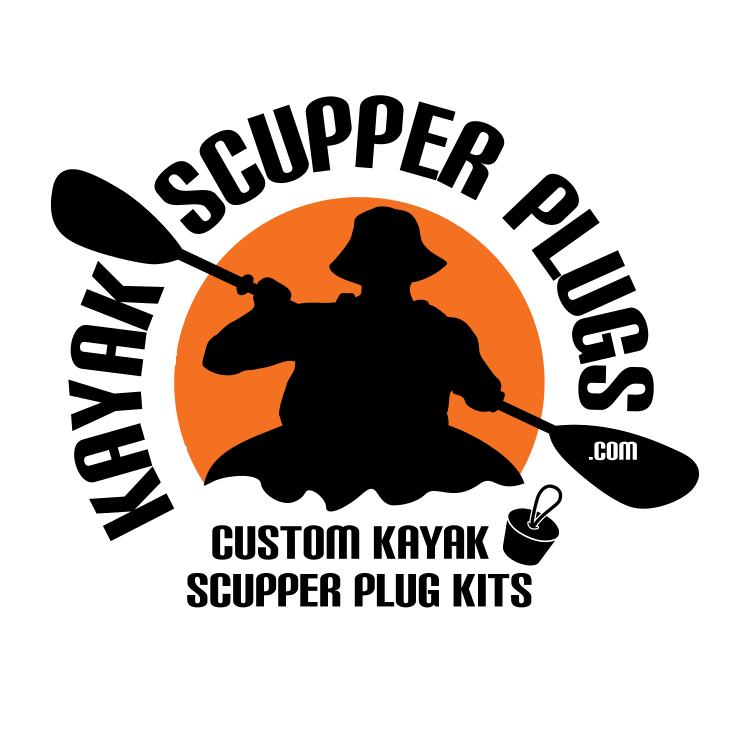Why do kayaks have holes? Do I need scupper plugs?
This is probably the most highly contested debate online and something we hear from our customers all the time. It usually goes “I do not know why there are even holes anyway!”, “Why do they put holes if you just have to plug them?” and “Do I leave the plugs in all the time?” Everyone has a theory and everyone is probably right. We believe it is a personal choice and will try to provide some background on the subject so you can decide for yourself.
Early model kayaks were designed as sit-in kayaks and the users sat level with the water and inside the boat. Water was prevented from entering the kayak thanks to spray skirts that sealed the kayaker inside the boat and the water out. Water inside the kayak not only created a pool of water to sit in but also additional weight which made the kayak heavier and harder to move through the water. A sit-in kayak usually is rounder on the bottom for less drag and therefore easier to paddle. This round bottom also makes them a bit less stable which is offset by the paddler sitting lower in the kayak. A sit-in kayak will have a rear drain plug which allows water to be removed when back on shore. Kayak Scupper Plugs does offer these types of plugs as well.
One of our scupper plugs installed in a customer’s kayak.
Sit-on kayaks (aka, ocean kayaks) started to grow in popularity several years ago and are the most purchased design type today. Their origins in sea kayaking required that they be stable and not prone to sinking due to crashing waves. The kayaks were given a flatter bottom to make them more stable and scupper holes to drain the kayaks efficiently. A sit-on kayak is basically an air-filled plastic float and the scupper holes allow water to pass in and out of the kayak without allowing it to sink. With this design the paddler sits up off the water as well. The combination of a stable kayak and a higher sitting position make the sit-on-top or SOT kayaks a better design for fishing.
Kayak fishing became very popular during the recession of around 2008-2010 when gas prices were soaring and recreational boating was becoming too expensive for many. A fishing kayak was a cheaper option to traditional boats and you could go just about everywhere a boat could for a lot less money. As kayak fishing grew in popularity it sparked many companies to get into kayak manufacturing and the SOT kayak was the design most chose to offer. This is how today’s kayaks ended up with scupper plugs and they still remain for the same reasons, however fewer paddlers take their kayaks into the rough waters found with the original ocean kayaks.
So the question now becomes whether or not to use scupper plugs and the great debate that comes with it. The correct answer is it depends. If you do not mind sitting in water or plan to paddle in breaking waves then you can leave them out. In the summer this could actually be somewhat enjoyable but in the winter, maybe not. If you plan to paddle in calm waters and want to have a dry sitting area then plugs are a great choice. The best option is probably to have them and take them in and out as needed or by the season. We do not recommend sealing your scupper holes completely. In fact it could cause your kayak to actually flood and become too heavy to paddle. A better option is a good fitting scupper plug that is easy to install and remove as needed and as conditions change.
Kayak Scupper Plugs prides itself on making the selection of scupper plugs as easy as possible for your kayak. If you have any questions we are happy to help.

